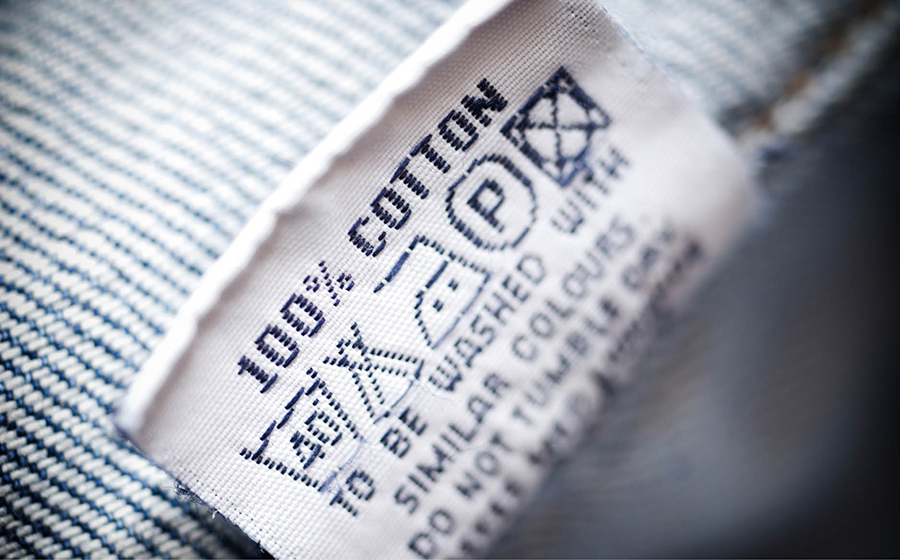Fast fashion is finally on its way out and the cost-per-wear value metric is making a comeback. Companies that were forced to reduce the quality of the materials to manufacture clothing just to stay alive in the race-to-the-bottom can finally pull their heads out of the sand, count their dead (brands) and take a look around at the new retail landscape that\’s emerged from the ashes. The resale market will soon eat up a chunk of the demand for off-price goods. Environmental analysts for some time have been pleading with consumers to choose quality products with a longer lifecycle. Shoppers are beginning to heed the call by purchasing higher ticket merchandise with the intention to sell or donate it (instead of trash it) when they\’re finished. In fact, 40 percent of consumers now consider a product\’s resale value before they even make a purchase.
This shift has led brand leaders to ask one important question, the answer to which will define the retail industry the years that come: Does this mean we will be able to manufacture quality clothing again?
Brands can finally resume manufacturing quality clothing without worrying that their products will lose out to substandard knockoffs. The retailers that altered their sourcing model to accommodate fast fashion now need to reevaluate their value proposition, manufacturing process, and the materials they use to create apparel to accommodate the return to a cost-per-wear value model.
Advertising Cheap Products Is So Passé
Next-gen consumers have been inundated with advertising for their entire lives, so it\’s challenging to impact their purchasing decisions through traditional marketing. Young customers don\’t buy in a vacuum, either. Their purchasing behavior often influences the shopping patterns of others who want to express the same \”cool factor.\” Certain demographics–such as young consumers and African American shoppers–are seen as influential trend-leaders and, therefore, the ones to imitate. This means their purchasing behavior influences not just their own demographic, but other demographics looking to them to lead the way. And next-gen consumers pride themselves on being above the advertising hype that targets them. Their purchasing preferences reflect this in a couple of ways:
- A preference for physical retail.
- Disillusionment with paid influencer endorsements (bye-bye, Kardashians).
- The desire for self-led product research.
Remember the old \”show, don\’t tell\” adage from English 101 to allow the readers to experience the story, not just hear it? Well when it comes to marketing, next-gen consumers are looking to be shown quantifiable product information to justify their purchase, not told what to buy. Instead of making rapid-fire purchases based on product photos on their Facebook ad feed, next-gen consumers are doing their due diligence–and checking labels–to weigh their options.
Sustainable, Washable Fabrics Lead the Way
Here\’s what doesn\’t suit modern consumers\’ laissez-faire approach to fashion: dry cleaning. The amount of effort that goes into tending to a garment can make or break a sale nowadays and the sustainability movement is playing a big role. Fast Company recently reported that the \”newest thing in fashion\” is consumers not washing their clothes to reduce their carbon footprint. Eco-friendly fashion startup Pangaia created a cotton/seaweed blend t-shirt treated with peppermint oil that needs to be washed less often than traditional fabrics. But customers aren\’t yet ready to step away from traditional laundering cycles still want to expend as little effort as possible to get their clothes clean. This means that they want to see the words \”machine washable\” when they look at the tag of a garment. Nearly two in three consumers (a whopping 62 percent) say that a garment\’s wash instructions are an important factor in their apparel purchase decisions. Retailers that choose to manufacture with natural fabrics instead of knockoff fabrications are uniquely positioned to reap the benefits of this trend, since natural fibers like cotton and wool stay clean for longer amounts of time.
Polyester and Rayon Can Step Aside
Consumers in the new, sustainability-focused retail landscape are demanding better fabrics with a longer shelf life. Just as retail is shifting towards small format specialty stores, in apparel production limited, curated batches are more in-demand than mass-produced merchandise and synthetic fabrics. In fact, scientists are discovering some pretty scary side effects to the synthetic materials that reigned during the fast fashion era. Who What Wear cites findings from Science Daily concluding that manmade fabrics– such as acrylic, polyester, rayon, acetate, and nylon– are treated with thousands of harmful toxic chemicals during production that can seep into the wearer\’s skin. This discourse has led to the launch of sites like the Cotton Inc. Check the Label Project, which encourages customers to check clothing labels and to choose \”Good for you\” fabrics, like cotton, over less healthy synthetic options. Sites like Check the Label are teaching consumers to prioritize natural fibers, to great effect: a whopping 78 percent of consumers now say that cotton is their favorite fiber or fabric to wear.
Fabric Longevity Is Another Biggie
Product warranties are also experiencing a resurrection. A recent report by the Fashion Retail Academy in London found that 39 percent of consumers would rather spend more on quality apparel with a longer shelf life than buy cheap clothing that only lasts for a few wears. Now that fast fashion is slowing down and consumers are putting more thought into the environmental impact of their purchases, the perceived longevity of apparel is once again an important selling point. But this doesn\’t just refer to clothing that doesn\’t fall apart after a few washes. Consumers want clothing that retains its shape wear after wear, since they\’re buying clothes with the intent to wear them for the long haul. Sustainable products advertise themselves. Many of the articles written for consumers in the past year highlight companies that offer lifetime product warranties, including outdoor retailers such as Patagonia, Columbia, and North Face. Preppy brands like L.L. Bean and Eddie Bauer also offer lifetime warranties. While not everyone can offer this desirable return policy on their existing products, sustainability should be factored into retailers\’ sourcing decisions and their marketing decisions.
To the woke retailer go the spoils.




